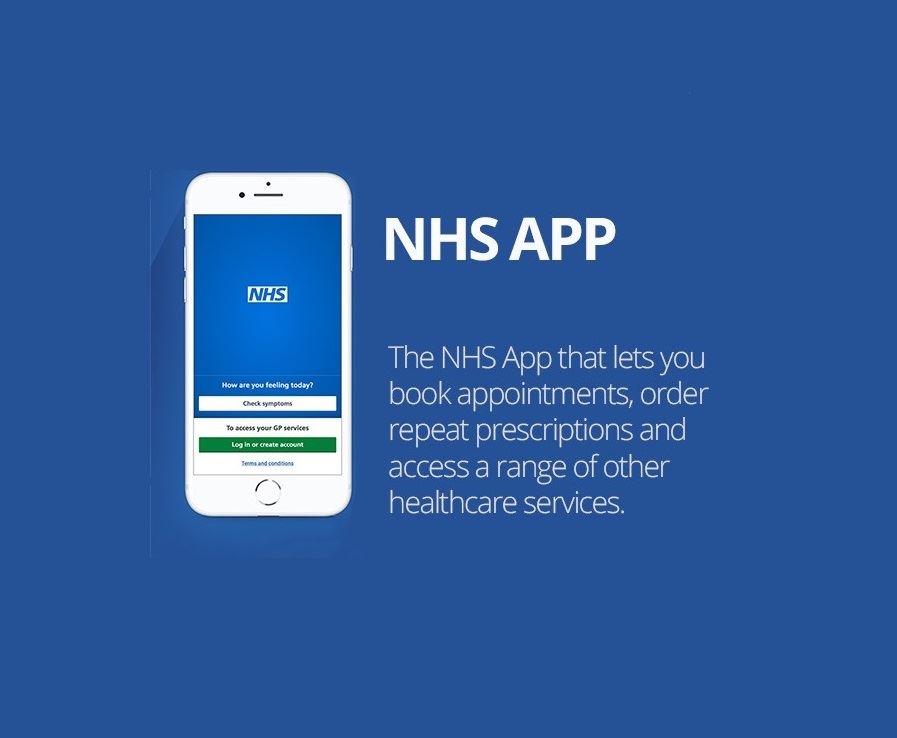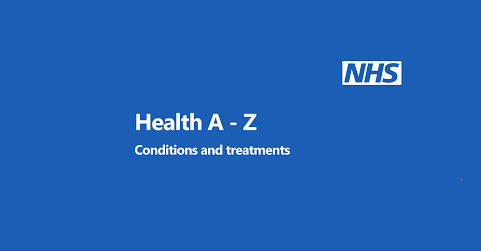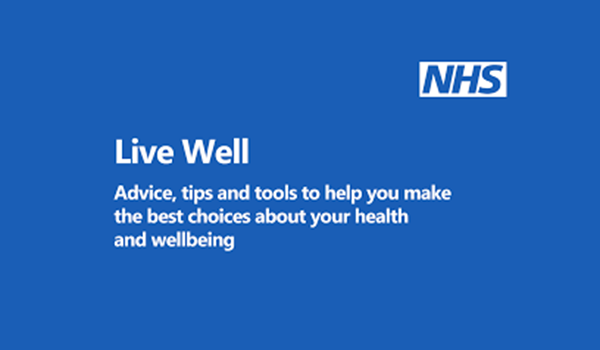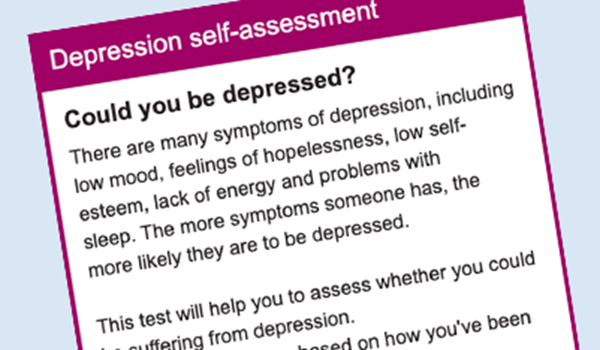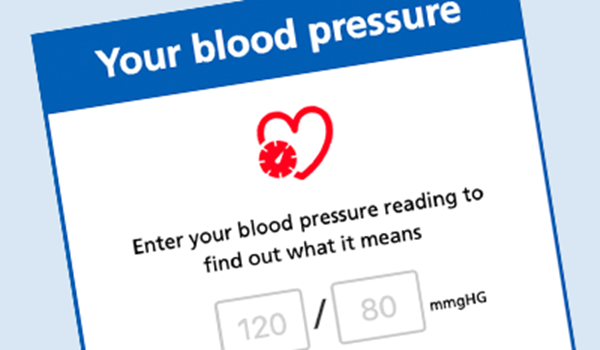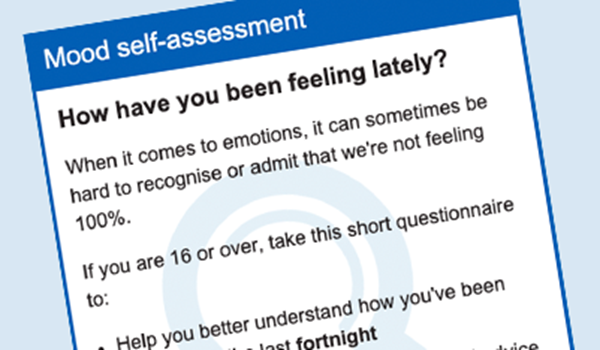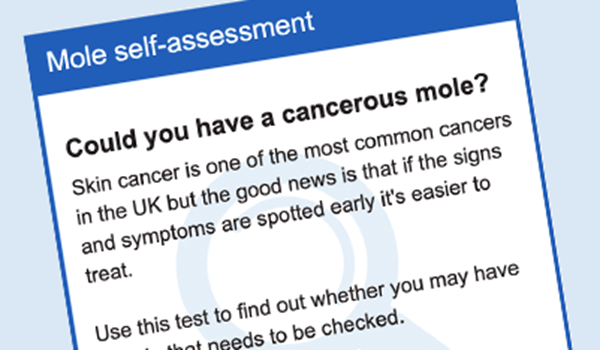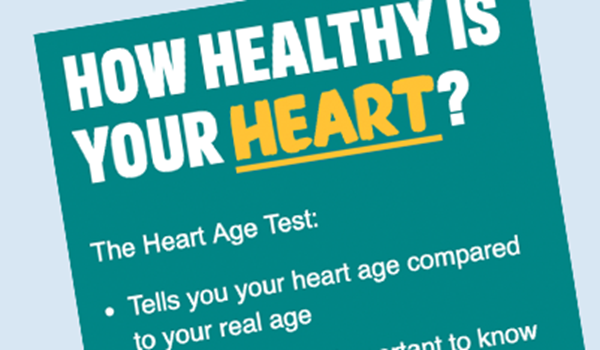Self Help & Wellbeing
Welcome to our self-help centre. Here you will find both local health information and NHS content and a selection of tools for health checks.

LGBTQ+
Resources and signposting information
Services that are here for you.
Discover a selection of resources, designed to provide you with the support you deserve.
Fitness and Exercise
Fitness and exercise
Physical activity is defined “any bodily movement produced by skeletal muscles that requires energy expenditure”. This means any time you move your body including leisure time, for transport to get to and from places, or as part of a person’s work and for exercise.
Low physical activity is one of the top 10 causes of disease and disability in England. Before the Covid-19 pandemic physical activity in the UK was already in decline. National and local lockdown measures have restricted people’s ability to exercise and move around significantly and researchers now believe this confinement may lead to a rise in mortality.
Physical Activity recommendations vary depending on age:

https://www.nhs.uk/live-well/exercise/
https://www.nhs.uk/live-well/exercise/physical-activity-guidelines-older-adults/
https://www.nhs.uk/conditions/nhs-fitness-studio/
I find it hard to motivate myself to exercise.
Barriers to increasing your physical activity include, childcare, work, carer responsibilities, access to local facilities and other bodily conditions, however all activity can be adapted to your specific needs. Our advice is to try a new sport, find an accountability partner to help with motivation, join a community support group or set yourself reward goals for when you hit targets such as increased walking distances or weight loss milestones.
What are the benefits of physical activity?

In adults 150 minutes of moderate intensity exercise is recommended per week plus a strengthening activity 2 days a week. Many of us over-estimate the amount of activity we are doing, especially intensity which should be aimed at a Moderate-Vigorous level.
How do I know I am working at a moderate intensity?
Each activity session must last for at least 10 mins with the aim to raise your heart rate, increase blood circulation and muscle recruitment. To work out your own moderate pace of exercise health professionals use the Rate of Perceived Exertion (RPE) scale, aiming for moderate intensity levels 4-6.

If you are new to exercise the feeling of breathlessness can raise anxiety and fear, take your time, try to be consistent and your body will adapt to the increased demand in oxygen required while exercising.
Example: Walking the dog- despite many people getting out to exercise their pets, it is rare that you will walk at a continuous pace for 10 mins, breathing heavily and challenging your fitness levels, this is because dogs are likely to stop at regular intervals. We would therefor call this Low Intensity exercise and a longer period of time will be required to reach the same effect as working at a higher intensity. Instead repeat the route you may do with your dog alone, walking at pace to reach the desired intensity. Swimming, yoga, pilates and walking are all examples of low intensity exercise, keeping a steady pace over a set time frame. Running, sprinting, aerobic classes, bootcamps, circuits are classed as high intensity workouts, short periods of super-intense exercise alternated with low intensity recovery periods. Repeating these high bursts of energy several times in a row is known as High Intensity Interval Training (HIIT).
https://www.youtube.com/watch?v=wa0Jtlh3J2s
https://www.youtube.com/watch?v=JcykLowYWGc
https://www.youtube.com/watch?v=wa0Jtlh3J2s
Page created: 01 February 2022
